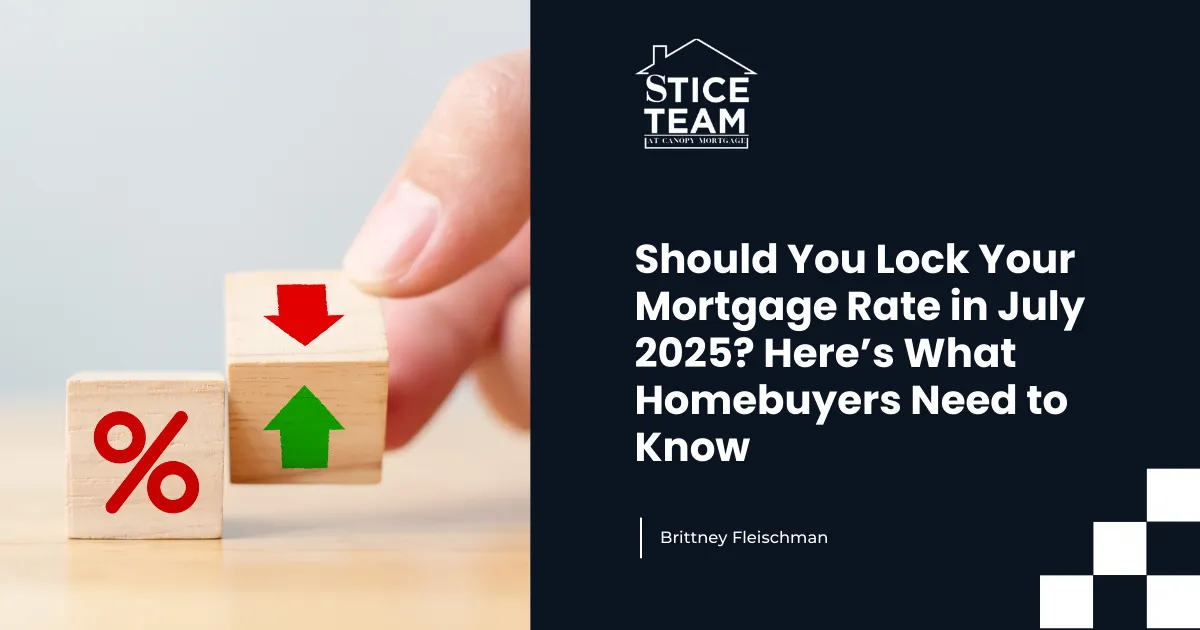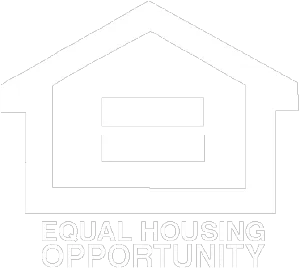
Should You Lock Your Mortgage Rate in July 2025? Here’s What Homebuyers Need to Know
Current Mortgage Rate Landscape
As of mid-July 2025, mortgage rates for a 30-year fixed loan are averaging around 6.72%, according to several independent housing market trackers. This marks a slight uptick after a five-week period of rate declines. While the Federal Reserve has kept its benchmark interest rate steady, the market is anxiously awaiting the next round of inflation data, which could push mortgage rates in either direction.
Despite recent stabilization, rate movement remains volatile. Bond yields—closely tied to mortgage pricing—have been fluctuating based on economic indicators, job reports, and inflation expectations. For consumers considering a home purchase or refinance, timing a rate lock could have significant financial implications.
Why Locking Your Rate Might Make Sense
1. Protection Against Rate Spikes
Mortgage rates are highly sensitive to economic reports. A hotter-than-expected inflation reading or unexpected Fed commentary can cause rates to jump within hours. Locking in now shields borrowers from potential increases.
2. Forecasts Point to Modest Change
Many housing analysts predict only gradual rate declines over the next 12 to 18 months. Fannie Mae’s projections suggest rates could ease to about 6.5% by year-end and fall closer to 6.1% in 2026. However, those reductions may be too gradual—or too late—for buyers needing to move quickly.
3. Ongoing Inventory Challenges
With more than 80% of existing mortgage holders sitting on sub-5% rates, homeowners are reluctant to sell. This “lock-in effect” is limiting housing inventory, which keeps home prices elevated. Buyers may be wise to act before prices climb further, even if rates are not ideal.
When Waiting Could Be Worth It
1. Market Conditions Could Improve
If inflation shows signs of sustained decline and the Federal Reserve initiates rate cuts later this year—as some economists expect—mortgage rates could trend lower. Buyers with flexible timelines might benefit by holding off.
2. ARM Options Offer Flexibility
Adjustable-rate mortgages (ARMs) typically start with a lower interest rate compared to fixed-rate loans. For buyers who plan to refinance within a few years, choosing an ARM now and locking in a fixed rate later might be a cost-saving strategy.
3. Shopping Around Still Pays Off
Even in a higher-rate environment, lenders vary significantly in the rates they offer. Buyers who compare multiple lenders and negotiate terms can sometimes shave off a quarter point or more—making the case for taking a little extra time before locking.
Tips for a Smart Lock-In Strategy
Get pre-approved with at least two or three lenders to understand your rate options.
Track economic indicators like inflation and job reports—these impact the bond market and, by extension, mortgage rates.
Set a target rate that aligns with your monthly budget and goals.
Consider a float-down option if your lender offers one. This allows you to lock a rate now but take advantage of a lower rate if one becomes available before closing.
Final Thoughts
Mortgage rates may not fall dramatically anytime soon—and could rise in the short term. If you’re in the market for a home and find a rate under 6.7%, locking it in could help you avoid surprises and stay within budget. However, if you're not in a rush and comfortable with some market uncertainty, monitoring rates over the coming weeks might offer savings.
Ultimately, whether to lock your mortgage rate comes down to your risk tolerance, timing needs, and market outlook. A trusted loan advisor can help you weigh your options and choose the strategy that fits best.
Sources
Forbes – https://www.forbes.com
Investopedia – https://www.investopedia.com
CBS News – https://www.cbsnews.com
The Mortgage Reports – https://www.themortgagereports.com



